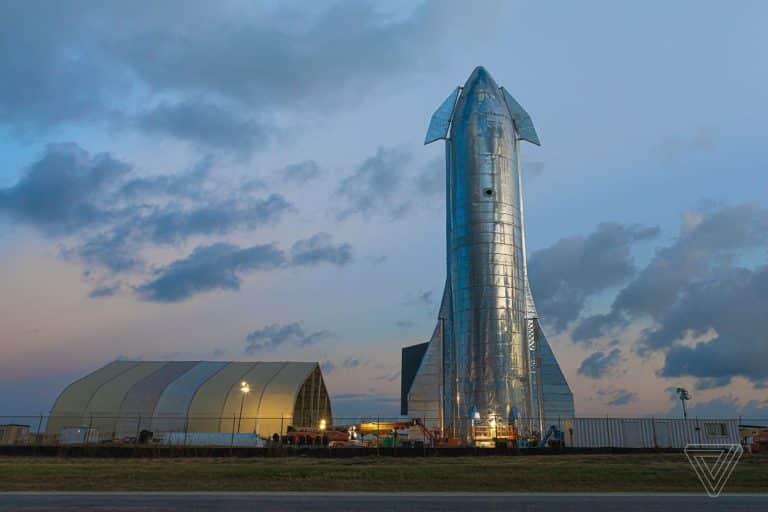Elon Musk is working on a vehicle that could revolutionize space travel. The Starship, as it’ll be called, will be a fully reusable transportation system capable of transporting up to 100 people to Mars. Elon Musk’s private spaceflight company SpaceX was founded on the idea of making life multi-planetary. Existential threats, such as an asteroid collision large enough to wipe humanity out, are part of the reason for this.
Other planets would be colonized, and some of the eggs would be placed in different baskets, sparing human civilization if one of them experienced a cataclysm. At an international conference in Mexico in 2016, the entrepreneur explained his reasoning: “There will be two paths for history to take. One option is that we stay on Earth indefinitely, with an eventual extinction event “he stated. “The alternative is to become a spacefaring civilization and a multi-planet species, which I hope you would agree is the right way to go,” further he added.
Musk has expressed his desire to build cities on Mars on numerous occasions. In order for settlements to become self-sustaining, he believes they would need a large number of people.
To make this dream a reality, you’ll need a capable vehicle. The Starship is a rocket and spacecraft combination capable of transporting more than 100 people to Mars at a time.
The system is designed to be fully reusable, which means that the main hardware components will not be discarded in the sea or burned up, as with some other launch systems, but will instead be recovered from space. They can then be refurbished and re-flewn, lowering the overall cost of the operation.
Detail about Starship
The system’s rocket component is known as Super Heavy, while the spacecraft component is known as Starship. The combined system, known as Starship, will stand 120 meters (394 feet) tall.
Let’s start with the spacecraft. The stainless-steel vehicle, with its nosecone and landing fins, looks like a rocket ship from the Golden Age of Science Fiction. The upper stage, which is 50 meters long (160 feet), has a large payload compartment near the front that will be able to transport large cargo or people to deep space destinations.
The propellant tanks are located in the centre of the craft. These provide liquid methane (CH4) and liquid oxygen (O2) to the vehicle’s six Raptor engines, which are located in the back. The fuel is methane, and the oxidizer is oxygen, a chemical that causes the fuel to burn. Methalox is the name given to this combination.
Although methane is an unusual fuel for rocket engines, it can generate a lot of thrusts. In light of Musk’s plans for Mars, it’s also a wise decision. The Sabatier reaction, according to SpaceX founder Elon Musk, could be used to synthesize CH4 from Martian subsurface water and atmospheric carbon dioxide (CO2). The highly efficient Raptor engine has taken more than a decade to develop at SpaceX. The engine’s design reduces the amount of propellant wasted by breaking down the combustion process into stages.
Refuelling the Starship with Martian resources for the return trip to Earth would provide self-sufficiency, making journeys more feasible and cost-effective. Let’s take a look at the rocket now. Super Heavy will be filled with 3,400 tonnes (6.8 million pounds) of cryogenic (chilled) methalox and will measure 70 meters (230 feet) in length.
It will be powered by approximately 28 Raptor engines (this number has changed several times), with a maximum thrust of 16 million pounds (72 meganewtons). It should be capable of transporting at least 100 tonnes of payload to low-Earth orbit, and possibly as much as 150 tonnes.
Hence, Super Heavy will be more powerful than the massive Saturn V launcher used for the Apollo Moon missions in the 1960s and 1970s as a result of this.

